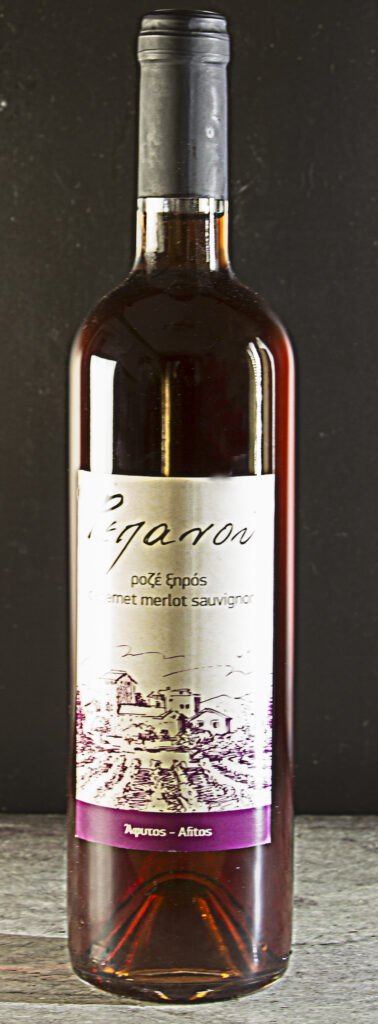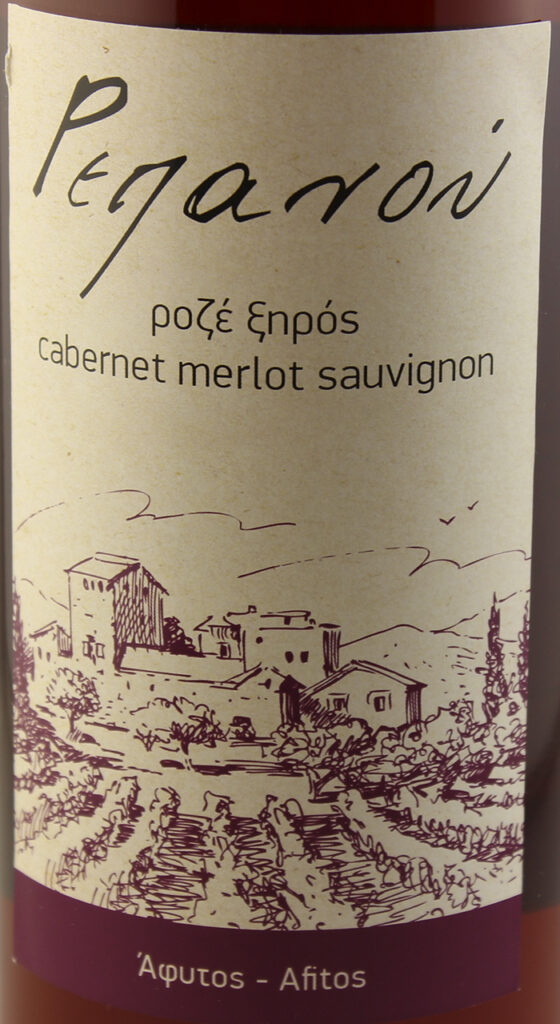A few tips.
First of all, I thank Mrs Stella Stamou for joining the Project FoodGraphyStories with its product. A bottle of Greek rose wine from Chalkidiki.
Photographing wine bottles is not easy because we are dealing with various elements that we must enhance and that often "make life difficult" such as the reflection of the glass, the content etc..
The first thing you need to do is remove the back label of the bottle. This way we can make an effective backlight.
For the bottles of red wine, Since the content is dark, we don't need a backlight, so we can leave the label.
But if we have a white wine or rose' then the backlight is there and then very carefully we are going to remove the back label with a sponge and some water.
Attention during this operation do not damage the main label! I therefore recommend having more than one bottle available!
The elements we need to pay attention to for a decent shot are essentially the following:
- the glass
- the contents of the bottle
- the label
- the cap
- shadows and reflections
1.The glass
In my opinion, glass is the most difficult part to photograph due to its nature! Often it also reflects what we don't want!
Therefore a precise lighting scheme is required. I advise you to stay in the dark and only with the lights set up on set.
We will not take a single shot! But we will make several and then work in post production for the final image.
The light must be positioned on the side of the bottle. This is the first shot we will take.

2. The contents of the bottle
If we have to photograph a bottle of white wine or roses, it is important to highlight its contents.
With a light source positioned at the rear and angled sideways to the bottle, we are going to create a gradient shade enhancing the color of the content .

In post production we will then improve the image.
As you can see, label and cap are underexposed, but it doesn't matter because we will take shots for both the label and the cap individually.
3. The label
The label is one of the most important elements of the bottle as there is the company logo and the texts which must be legible.
There are some very particular labels, like the silk-screened ones on which you have to be very careful to highlight their elegance.

I our case, the label is not silk-screened but it is important to highlight the letters and the design.
4. The cap
I recommend photographing it separately, paying attention to the lighting which must be consistent with the rest ( glass and label).

And here is our final photo after post production

5. Shadows and reflections
The shadows or reflections of the base of the bottle give an extra touch to the bottle. We can create shadows and reflections in two ways:
- Taking a snapshot aside for shadows and reflections by placing the bottle on a reflective surface like a glossy white plexiglass.
- In post production ( I use Photoshop but you can do it with any image editing software)
In post production, any "noises" will be eliminated, small imperfections in the glass, dust, unwanted reflexes etc..

Red wine bottle with side lighting

Rose wine bottle also with backlight
Links to Mrs. Stamou's products and apartments for rent in Halkidiki for your Greek holidays!
https://www.facebook.com/ladienteka
https://www.facebook.com/afitosapartments
Write to me on my social pages and on my YouTube channel to always stay informed about my tutorials and food photos
If you want to be informed first about my news… sign up for my Newsletter!
